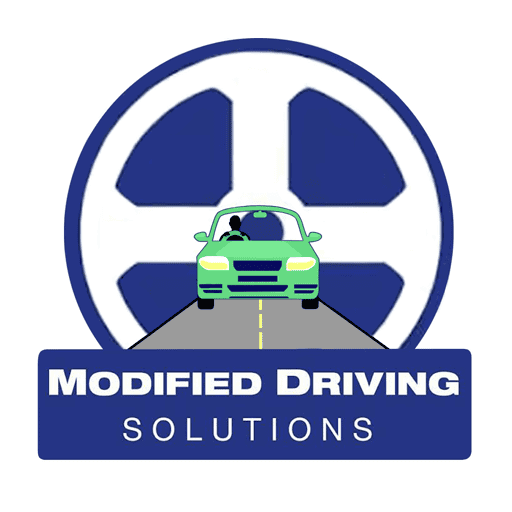What is a brain injury?
A brain injury is a very serious medical condition that can negatively impact on a person’s independence and general functioning. It can prevent people from doing simple daily tasks (e.g. self-care activities) to more complex tasks, such as driving. Brain Injury can affect people differently. It can affect the person’s cognitive and physical abilities, as well as influence changes in their emotional and behavioural regulation and functioning. When a person sustains a brain injury, both severity and recovery time vary depending on the individual and the nature of the injury.
 There are two types of brain injury: traumatic brain injury (TBI) or acquired brain injury (ABI). TBIs occur when the brain suffers an injury from an external factor, such as after a fall, bump or blow to the head. An ABI is when the brain is affected by internal factors such as decreased oxygen, stroke, infectious illness, seizure, tumours or metabolic disorders. As with any illness or disease, different individuals react and progress in various ways. This article aims to explain what is involved in NSW to resume driving after a brain injury.
There are two types of brain injury: traumatic brain injury (TBI) or acquired brain injury (ABI). TBIs occur when the brain suffers an injury from an external factor, such as after a fall, bump or blow to the head. An ABI is when the brain is affected by internal factors such as decreased oxygen, stroke, infectious illness, seizure, tumours or metabolic disorders. As with any illness or disease, different individuals react and progress in various ways. This article aims to explain what is involved in NSW to resume driving after a brain injury.
Driving after a brain injury
Driving a vehicle is a daily task that many people take for granted. Yet, it is often one of the most complex and potentially dangerous tasks people undertake on a daily basis. As driving carries with it a great responsibility to yourself and those around you, it is imperative that the Roads and Maritime Services (RMS) is apprised of any change in a driver’s medical condition or situation that may impact on their suitability to drive.
Determining whether you can return to driving after a brain injury involves careful observation, assessment and communication between the person, doctors/specialists and other health professionals (e.g. physiotherapists). Ultimately, your doctor will decide when you may be safe to return to driving after a brain injury. There is no set time period after sustaining a brain injury before a person can legally return to driving; it is up to your doctor to give you medical clearance to resume driving again after a brain injury.
Commonly following a brain injury, doctors and specialists are unsure if a person is ready to recommence driving after a brain injury. This is because driving performance is often best judged through practical observation and assessment. Doctors will not actually inspect someone driving. Therefore, they will usually refer the individual for an Occupational Therapy (OT) Driving Assessment to determine fitness to return to driving after a brain injury. An Occupational Therapy Driving Assessment is considered the gold standard for determining when a person is ready to drive after sustaining a brain injury, as the specialised OT has completed a specific qualification to make these clinical assessments.
The Occupational Therapy driving assessment
Once a person obtains medical clearance to restart driving after a brain injury, an Occupational Therapist will visit the person at their home and complete several assessments that look for any deficits in cognition, vision or physical function. These three areas as the fundamental areas needed for driving, and cohesion between one’s visual, cognitive and physical faculties are essential to ensure safe driving performance. The OT will also ask the person about their medical background, driving and licence history and their current goals and requirements for driving.
The individual will then drive a dual-controlled vehicle under the observation and guidance of the Occupational Therapist and a Driving Instructor for one hour. The driving instructor will provide instruction to the driver and intervene as necessary, while the Occupational Therapist will focus on how the brain injury might be influencing the person’s current driving skills. It is important to mention that the assessment is primarily interested in appraising any effects of the brain injury in relation to driving. The assessment is less concerned about minor errors the driver makes because of anxiety (due to testing conditions), poor driving habits or due to driving a novel vehicle.
Outcome of the driving assessment
Following the assessment, the OT will discuss the findings and recommendations with the person. If the person is assessed to be currently safe driving after a brain injury, the Occupational Therapist will notify the RMS and the person’s treating doctor (and send the report to all pertinent parties). The individual can recommence driving as per their previous/existing licence conditions.
However, if the person is assessed to have physical and/or cognitive deficits that have decreased their driving ability, then they may require vehicle modifications (for physical deficits) and/or additional driving lessons to improve their driving. The OT will thoroughly discuss your options and their recommendations with you moving forward.
Alternatively, the OT may decide that the driver is still experiencing some notable effects from the brain injury that are reducing their driving performance. In such instances, the OT may recommend that the person waits for a longer period of time before returning to driving after a brain injury, to better ensure that all adverse effects have dissipated.


